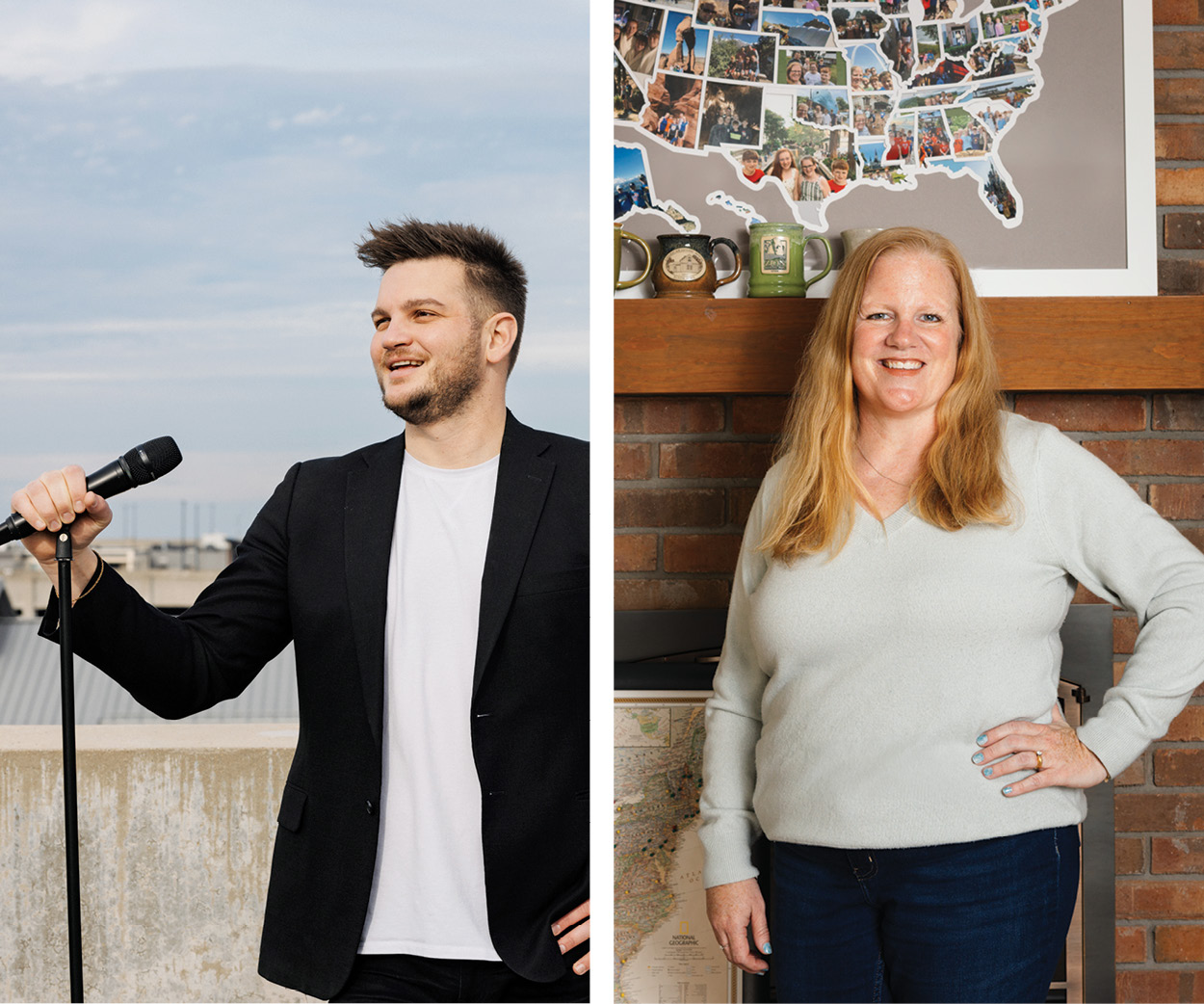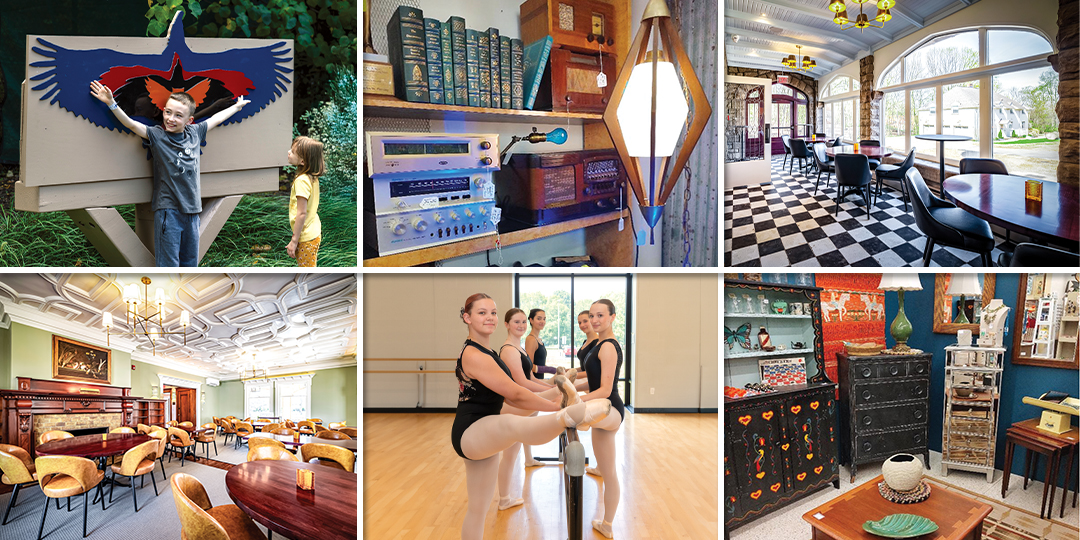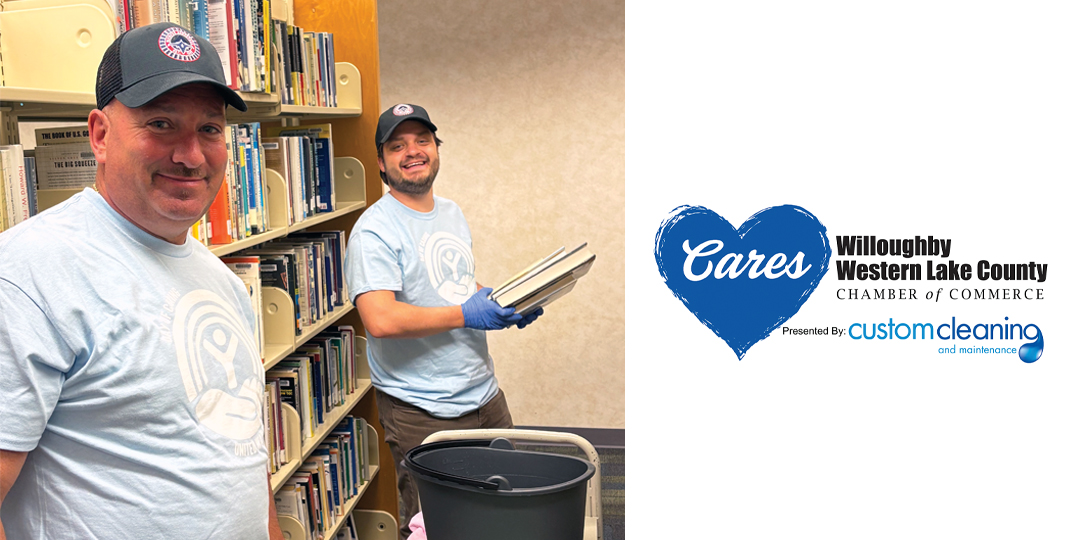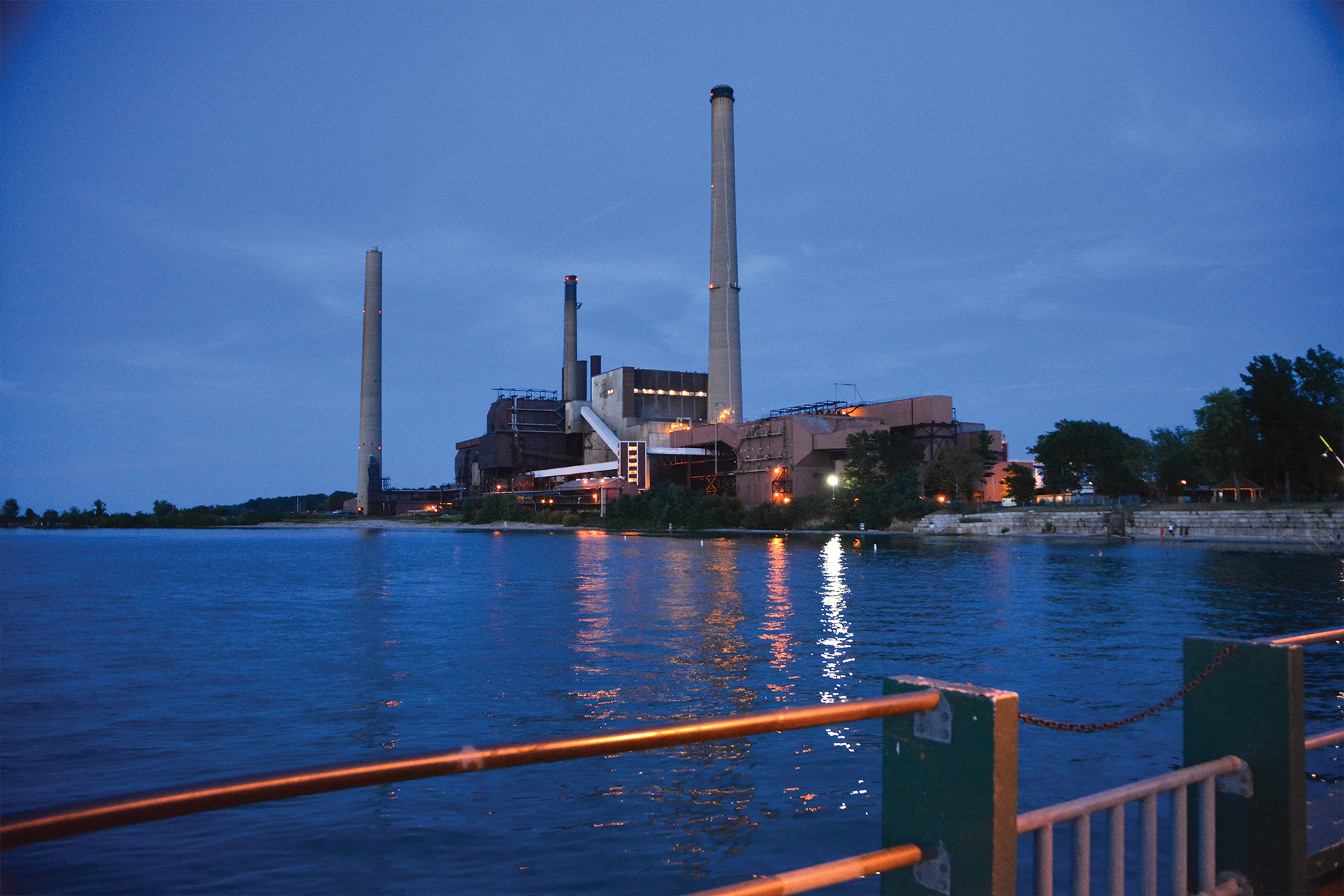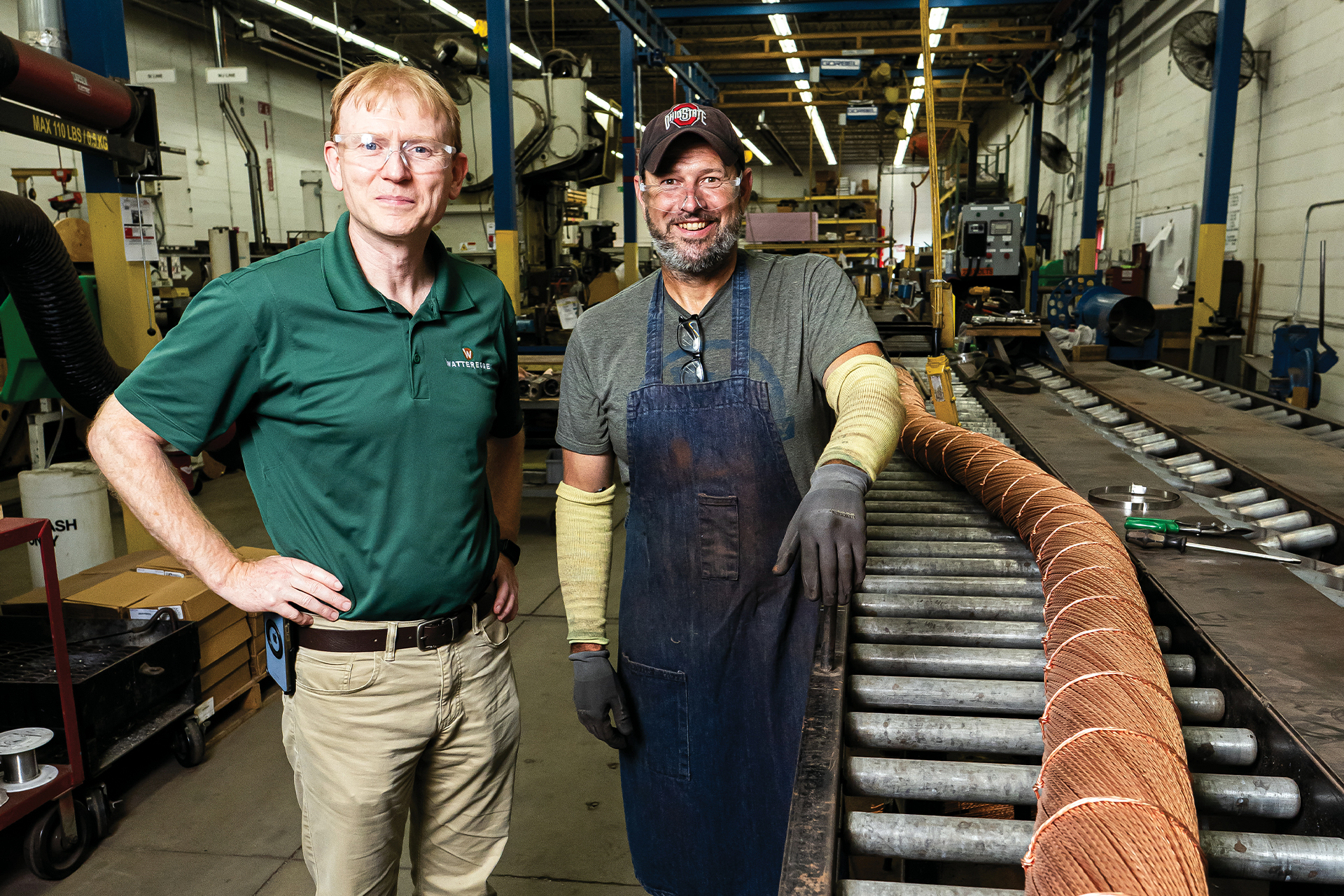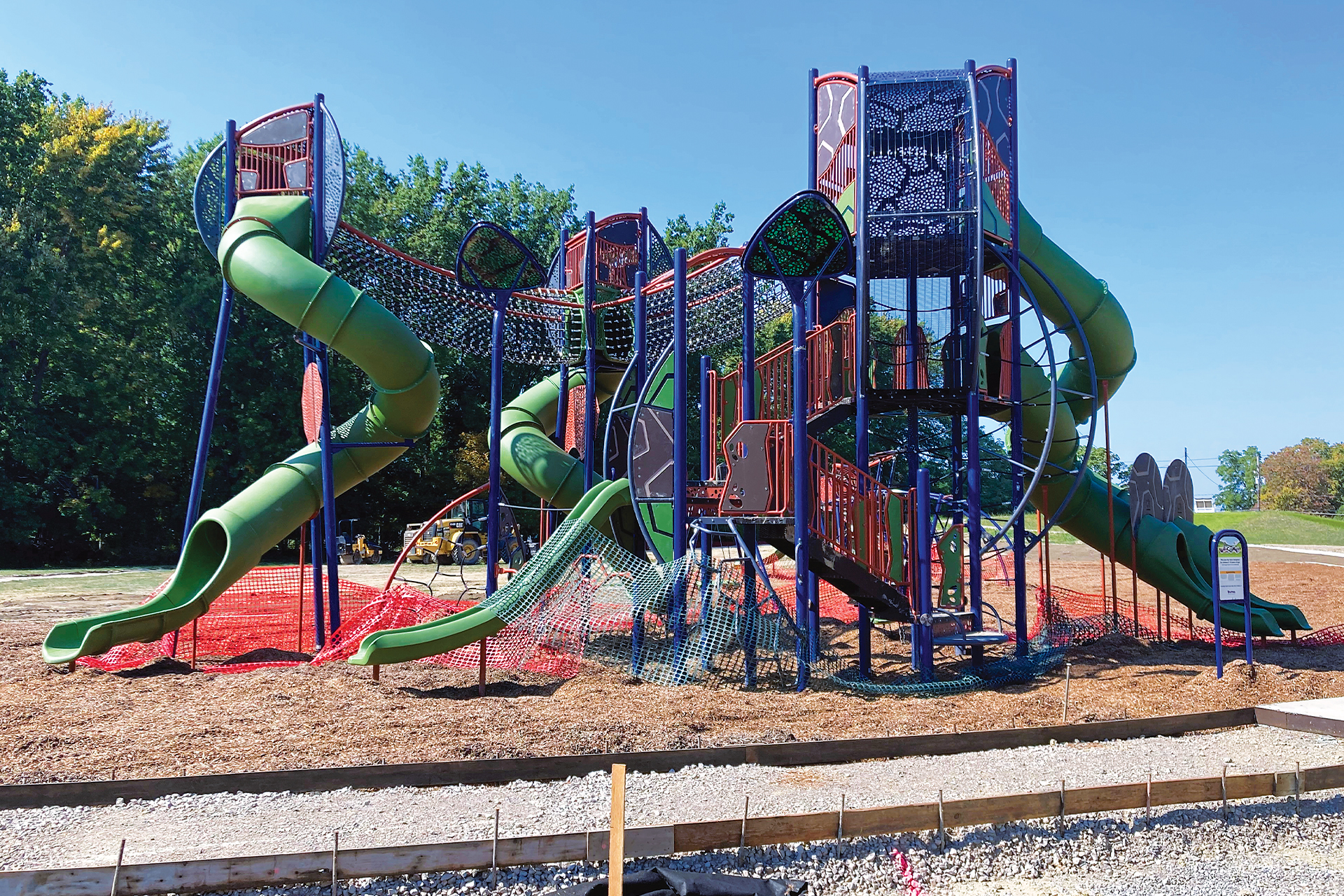Improved Columbia Road Exit Eases Traffic
An updated interstate exit improves efficiency and safety.
by Linda Feagler — Partnership Content | Mar. 15, 2023 | 4:00 PM
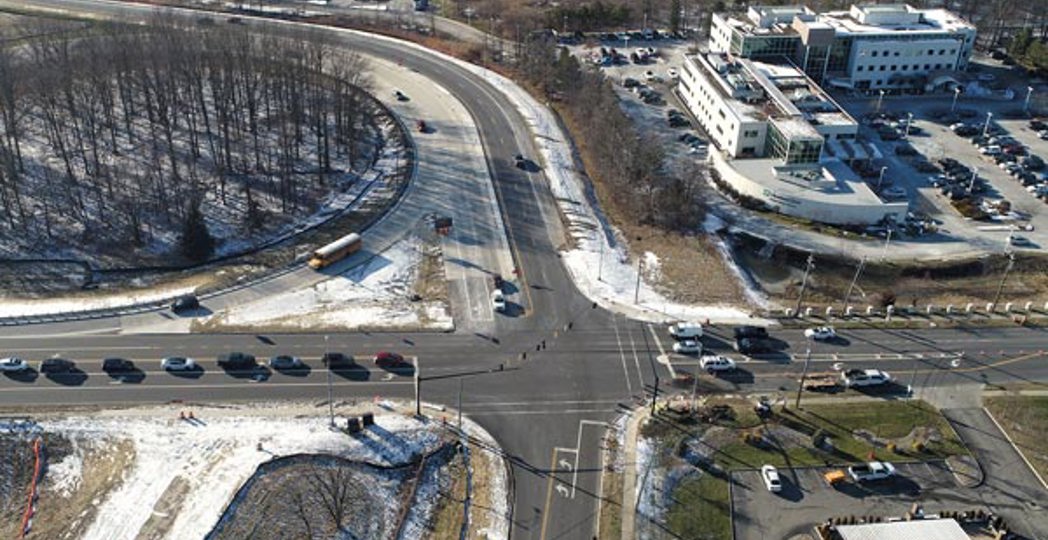
Drivers coming into Westlake from the east or west on Interstate 90 can now make a graceful — and stressless — departure off the Columbia Road exit ramps, thanks to the $8 million interchange project that was completed in December.
To Robert Kelly, the recently retired director of engineering for the city of Westlake, the undertaking represents the successful conclusion of a meticulous plan launched 15 years ago.
“In 2007, the city was awarded a $75,000 grant from the Northeast Ohio Area Coordinating Agency (NOACA) to conduct a Columbia Road corridor study extending from Westlake to Bay Village,” he says. “The findings indicated that the traffic signal off of the former eastbound ramp was too close to Detroit Road and that there needed to be more exit — also called storage — lanes for traffic.”
The eastbound side of the freeway was reconstructed in 2017 to move the I-90 exit ramp further north and increase the number of cars it will hold. As a result, there’s now a sizeable decrease of backed-up traffic waiting to get off I-90 into Westlake from that direction.
“We had the same issues with the westbound side that we had for the eastbound side,” Kelly says. “There was a traffic signal at Sperry and one on the off-ramp. To eliminate the congestion, we removed the westbound off-ramp traffic signal and lined the off-ramp up with Sperry Road. It’s a reconfiguration that combines two closely placed, signalized intersections into one, eliminates another signal and consolidates traffic.”
The westbound side is now just as easy to navigate. The exit ramp to northbound Ohio 252 has been removed, and traffic has been combined on the loop ramp for the westbound exit to southbound Ohio 252. The loop has also been widened to two lanes and intersects Ohio 252 opposite Sperry Road. Due to increased traffic volumes, a dual left-turn lane has been provided and the entrance ramp has been widened to two lanes.
The retired director of engineering reflects on what the new route means to the city, as well as travelers, along this crucial stretch of roadway.
“It’s so much safer now because it’s no longer the site of a lot of rear-end and sideswipe accidents,” Kelly says. “And since cars aren’t sitting there idling, it makes the area much cleaner. In the past, drivers would avoid the interchange because of the traffic. Now, they can get on, get off and get going again.”
“It improves,” he adds, “everybody’s daily travel time.”
Trending
-
1
-
2
-
3
-
4
-
5



